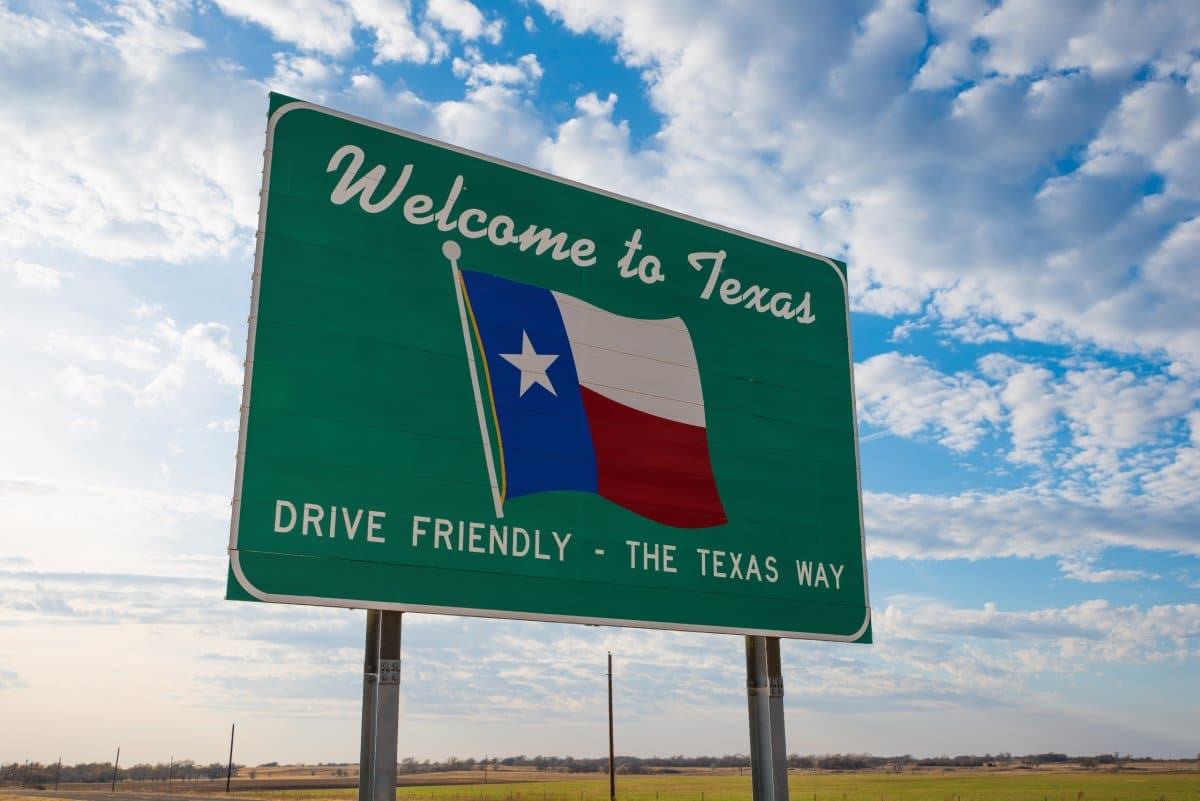Ever wondered if where you live affects how happy you are? You’re not alone. As it turns out, there’s more to happiness than just sunshine and good vibes. The color of your state—whether it’s red or blue—might have something to do with it. But how do states actually stack up when it comes to happiness? The answer might surprise you.
Blue States: High Rankings, High Costs

States like California, New York, and Massachusetts often rank high on happiness scales. Why? It might have something to do with their progressive policies, higher incomes, and better access to healthcare and education.
Happiness With a Hefty Price Tag

Massachusetts frequently scores near the top in national happiness rankings, thanks in part to its strong economy and high-quality healthcare. But before you pack your bags, remember that living in these states comes with a hefty price tag. High taxes and the cost of living can eat away at that happiness.
Red States: Community and Contentment

On the flip side, red states like Texas, Tennessee, and Alabama offer a different kind of happiness. These states often emphasize lower taxes, personal freedom, and a slower pace of life.
Texas, for instance, might not top national happiness rankings, but it’s a place where strong community ties and a booming economy provide a sense of contentment that’s hard to beat.
Joy in Tradition

People in red states often find joy in tradition and community, which can be just as powerful as any social program.
Utah: The Red State Outlier

Here’s a fun fact: Utah, a red state, often ranks as one of the happiest states in the country. What’s going on there? Utah combines strong community values with a high emphasis on health and outdoor activities.
The state has one of the highest rates of volunteerism and physical activity, both of which contribute to a happier population. Plus, Utah’s relatively low cost of living and strong job market make it a place where both your heart and wallet can be happy.
The Northeast: A Blue Stronghold of Happiness

The Northeast is home to several blue states that consistently rank high on happiness indexes. States like Vermont, New Hampshire, and Connecticut score well thanks to their strong healthcare systems, low crime rates, and high levels of education.
Vermont, for example, frequently ranks in the top 10 happiest states due to its tight-knit communities and beautiful natural surroundings. But don’t be fooled—high taxes and cold winters are part of the package.
The South: A Mix of Joy and Struggles

Southern states, which are predominantly red, present a mixed bag when it comes to happiness. States like Alabama and Mississippi often struggle with lower rankings due to economic challenges and healthcare access.
A More Meaningful Life?

However, strong community ties and religious involvement provide a sense of purpose and happiness that isn’t always captured in data. The South might not top the charts, but for many, it’s a place where faith, family, and tradition create a meaningful life.
California vs. Texas: A Tale of Two Giants

California and Texas are often seen as the poster children for blue and red states, respectively. California’s high ranking on happiness scales comes with world-class healthcare, education, and natural beauty, but at the cost of high living expenses.
Texas, while not always high on the happiness charts, offers economic freedom, no state income tax, and a strong sense of identity. Each state has its strengths and weaknesses, but both show that happiness can be found on opposite ends of the political spectrum.
The Midwest: Finding Happiness in Simplicity

The Midwest, a mix of red and blue states, offers a different approach to happiness. States like Minnesota (blue) and Iowa (red) rank well due to their strong communities, low crime rates, and a focus on family life.
Minnesota, for instance, consistently scores high on happiness indexes thanks to its balance of economic opportunity and community well-being. In the Midwest, happiness often comes from a simple, down-to-earth lifestyle that prioritizes family and community over flash.
Florida: The Sunshine State’s Happiness Paradox

Florida, a swing state, offers a unique case study in happiness. With no state income tax, plenty of sunshine, and a reputation as a retirement haven, Florida should be a happy place. And for many, it is.
But challenges like healthcare access and economic inequality can dampen the overall happiness score. Florida’s happiness is as diverse as its population, showing that even in the same state, happiness can vary widely.
Happiness Isn’t Black and White—Or Red and Blue

So, what’s the verdict? Are people in blue states happier than those in red states? It’s not that simple. Happiness is influenced by a mix of factors—community, economy, health, education, and personal values—that vary widely within and between states.
Finding Your Own Happiness

Some states might offer better social services, while others provide a strong sense of community. The key is finding what makes you happy, wherever you are on the map.
Featured Image Credit: Shutterstock / Janece Flippo.
The images used are for illustrative purposes only and may not represent the actual people or places mentioned in the article.
For transparency, this content was partly developed with AI assistance and carefully curated by an experienced editor to be informative and ensure accuracy.





